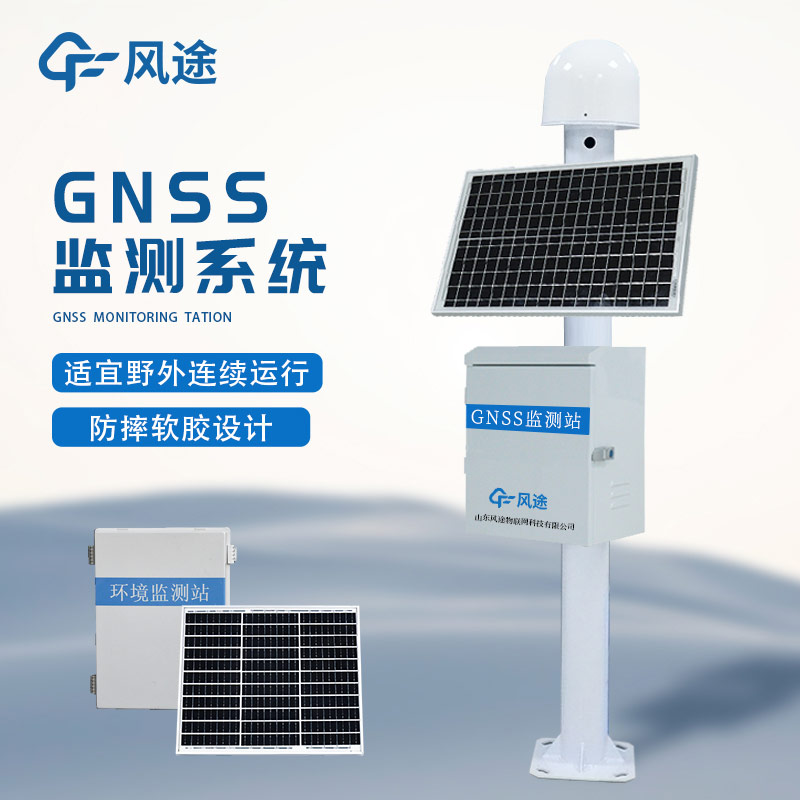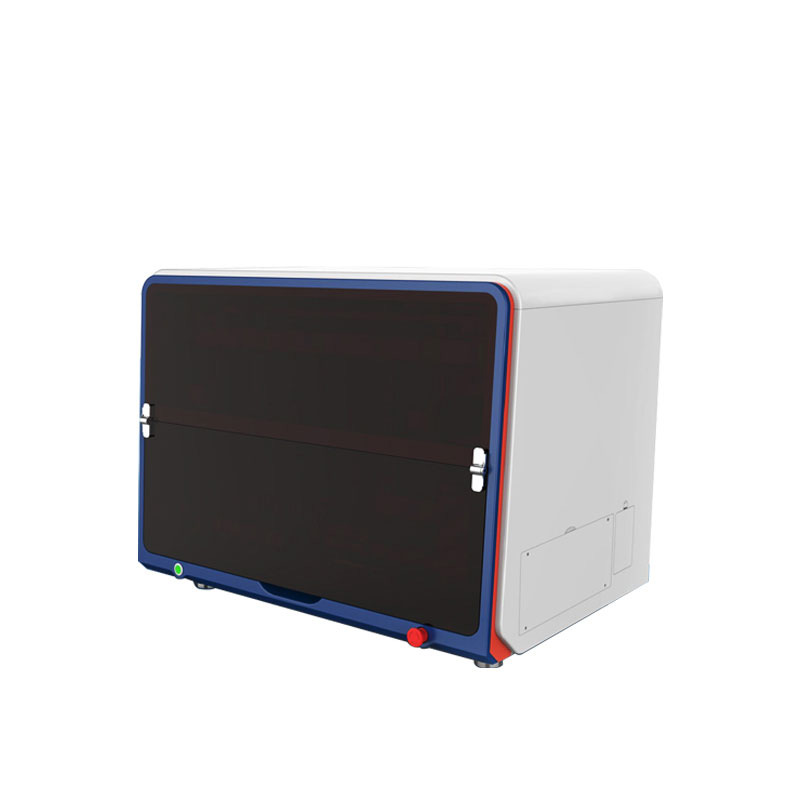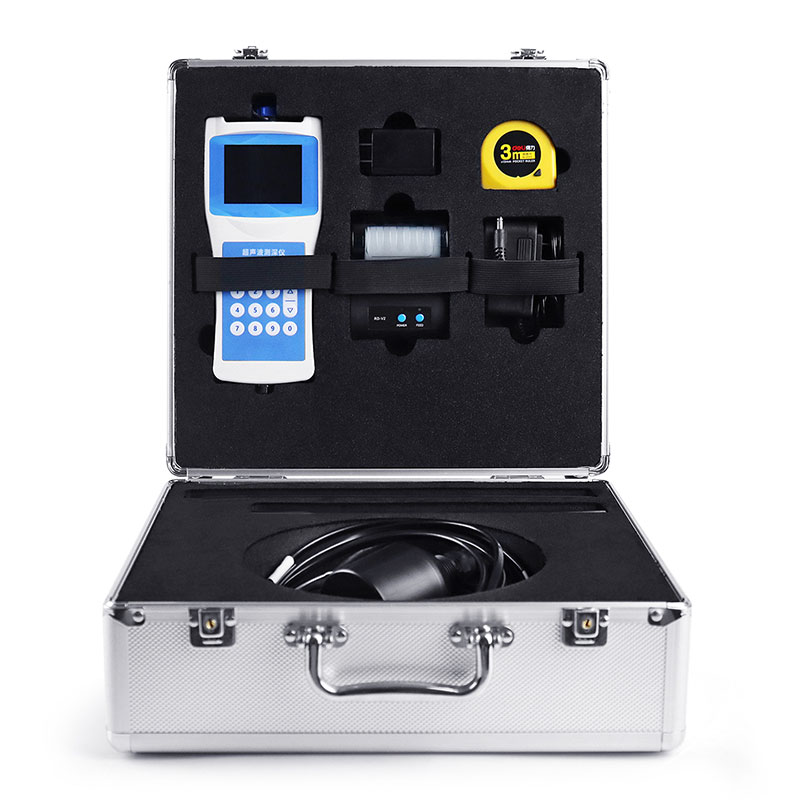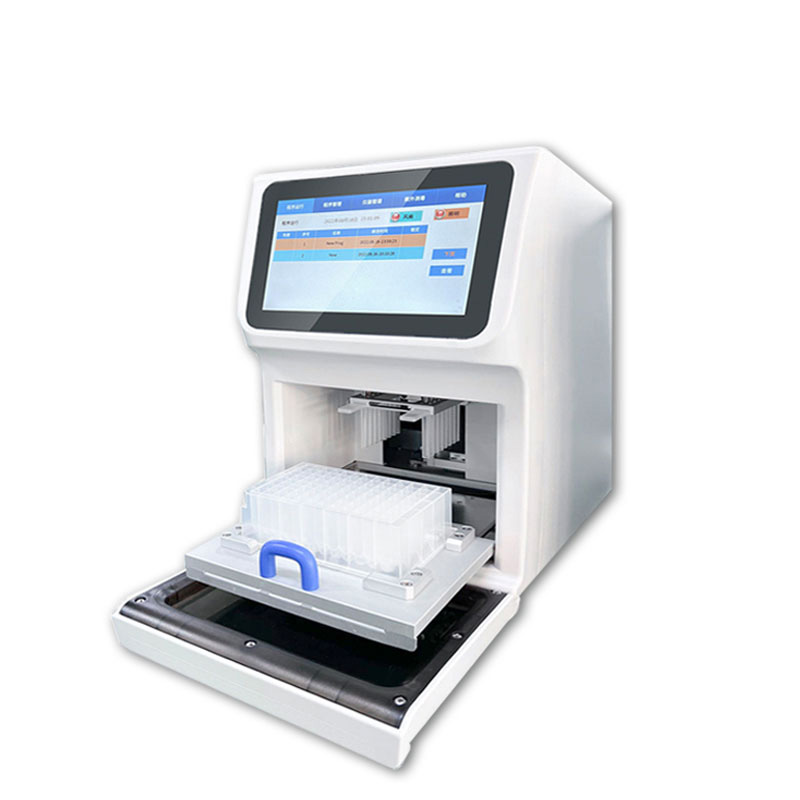What does a GNSS monitor do? It is a good assistant in slope management work.
Landslide disasters are widespread in China, posing a serious threat to people's lives and property and critical infrastructure. Therefore, the monitoring of landslide disasters has become an indispensable part of disaster prevention and mitigation work. Thanks to its technical advantages of all-day, all-weather and high-precision, the global satellite navigation system (GNSS) has been widely used in the monitoring of three-dimensional surface deformation of landslide disasters, and has made significant progress in the monitoring theory and technical methods.
The main shortcomings of manual slope monitoring are as follows:
Unstable accuracy: manual operation may lead to data errors, especially in bad weather, data stability can not be guaranteed.
Small coverage: manual monitoring is difficult to fully cover the slope, and it is difficult to achieve continuous monitoring.
High cost: requires a lot of manpower and additional costs, high cost.
Difficulty in management: requires complex management and a large amount of resource input, and low efficiency in accident handling.
These shortcomings limit the application of manual monitoring in slope stability assessment, so there is a need to find more efficient and accurate monitoring methods.
GNSS monitors use global satellite navigation systems to carry out 24-hour automatic monitoring and transmit data in real time to an early warning platform, helping the operating units to keep abreast of slope conditions and prevent landslide disasters.
Operation process:
Select monitoring points and arrange instruments for long-term automatic monitoring.
The Global Positioning System (GNSS) has revolutionised measurement technology. Compared with traditional methods, GNSS has higher accuracy, speed and convenience. By integrating computer technology, data communication technology and data processing and analysis technology, GNSS is able to automate the whole process of data acquisition, transmission, management and deformation analysis, and real-time monitoring by remote online network, which provides powerful support for deformation prediction.

This paper addresses:https://fengtusz.com/industry/63.html









